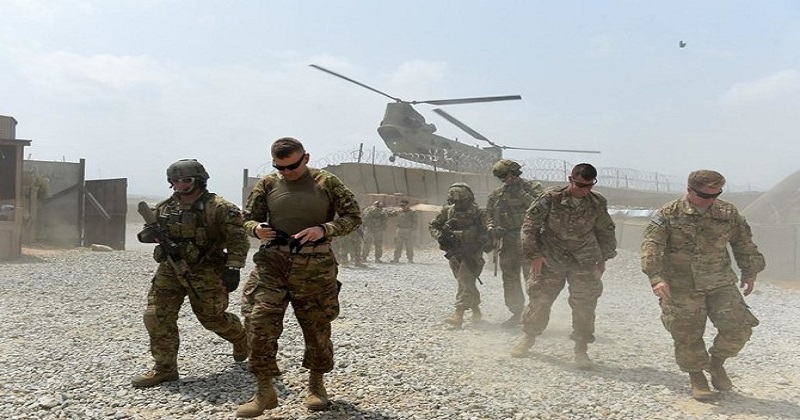
According to an interim report by the United States government’s leading oversight authority on Afghanistan reconstruction, the withdrawal of US forces and military contractors, last year was ‘the single most important factor’ in triggering the collapse of the Afghan National Defense and Security Forces (ANDSF).
The most recent report by the Special Inspector General for Afghanistan Reconstruction, or SIGAR, echoes statements made by senior Pentagon and military leaders in the aftermath of the US troop withdrawal, which ended last August with the chaotic evacuation of Americans and other civilians from the embattled country. Military authorities have made it clear that their advice was to keep around 2,500 US soldiers in the country, but that plan was not accepted. In February 2020, the Trump administration announced a deal with the Taliban in Doha, Qatar, in which the US pledged to remove all forces by May 2021.
The Taliban agreed to a number of terms, including a halt to assaults on American and coalition forces. The declared goal was to encourage peace talks between the Taliban and the Afghan government. However, that diplomatic endeavor never got off the ground before Biden entered office in January 2022. The Trump administration’s February 2020 Doha Agreement, in which Washington committed to removing military soldiers and contractors from Afghanistan, ‘put in motion a chain of events critical to understanding the ANDSF’s collapse,’ according to the research.
Following the agreement, the US significantly reduced the amount of air attacks, depriving the ANDSF of a critical edge in holding the Taliban at bay. As a result, ‘a sense of desertion among the ANDSF and the Afghan populace’ developed’. Limiting airstrikes following the signing of the US-Taliban deal the following year left the ANDSF without a major edge in keeping the Taliban at bay,’ stated Special Inspector General for Afghanistan Reconstruction John Sopko.
Only a few months later, new US President Biden declared the completion of the US military pullout. The news bolstered the Taliban’s drive to recapture the nation. This was supported by Afghans’ widespread suspicion of their government and entrenched corruption. This resulted in low pay, a shortage of food, and horrible living conditions for Afghan forces. After 20 years of warfare that had cost American lives, depleted resources, and diverted attention away from broader strategic goals, Biden argued that the war in Afghanistan ought to be ended.
During the Afghan conflict, the United States Congress established the SIGAR agency to oversee rehabilitation programs and operations. ‘Many Afghans believed the US-Taliban deal was an act of ill faith and a signal that the US was handing over Afghanistan to the enemy as it hurried out of the country,’ Sopko explained. Finally, the updated assessment stated that Afghans were significantly reliant on US air support for strikes and emergency evacuations. In addition, they were also heavily reliant on US contractors to maintain and repair aircraft and other assets.
But everyone agrees that the Doha deal was a key factor in the collapse. ‘The signing of the Doha agreement had a really pernicious effect on the government of Afghanistan and on its military — psychologically more than anything else, but we set a date-certain for when we were going to leave and when they could expect all assistance to end,’ Gen. Frank McKenzie told Congress last year. McKenzie, then the senior US general in the Middle East and since retired, lobbied for keeping 2,500 US soldiers there, as did Milley.
According to the SIGAR assessment, the Doha accord left the Afghan people and military feeling abandoned. Furthermore, the Trump administration’s decision to curtail US bombings against the Taliban halted any progress made by the Afghans. This left them unable and eventually unwilling to retain land, according to the report. According to the study, a former US general in Afghanistan stated that the US designed the Afghan army to be dependent on contractor support. ‘It can’t work without it. Game over,’ the commander said to SIGAR.’When the contractors left, it was as if we had taken all the sticks out of the Jenga pile and expected it to stay up.’
According to the SIGAR assessment, both the US and Afghan governments ‘lacked the political will to devote the time and resources required to reconstitute an entire security sector in a war-torn and poor country’. According to the report, neither party ‘appeared to have the political resolve to accomplish what it would take to overcome the difficulties.’ As a result, it claimed, the Afghan military was unable to function freely and never truly developed into a coherent force.

Post Your Comments